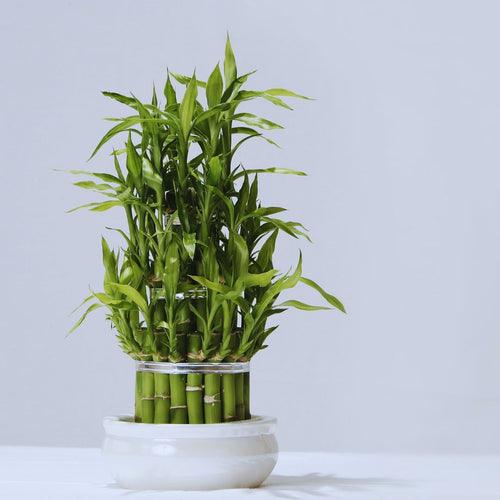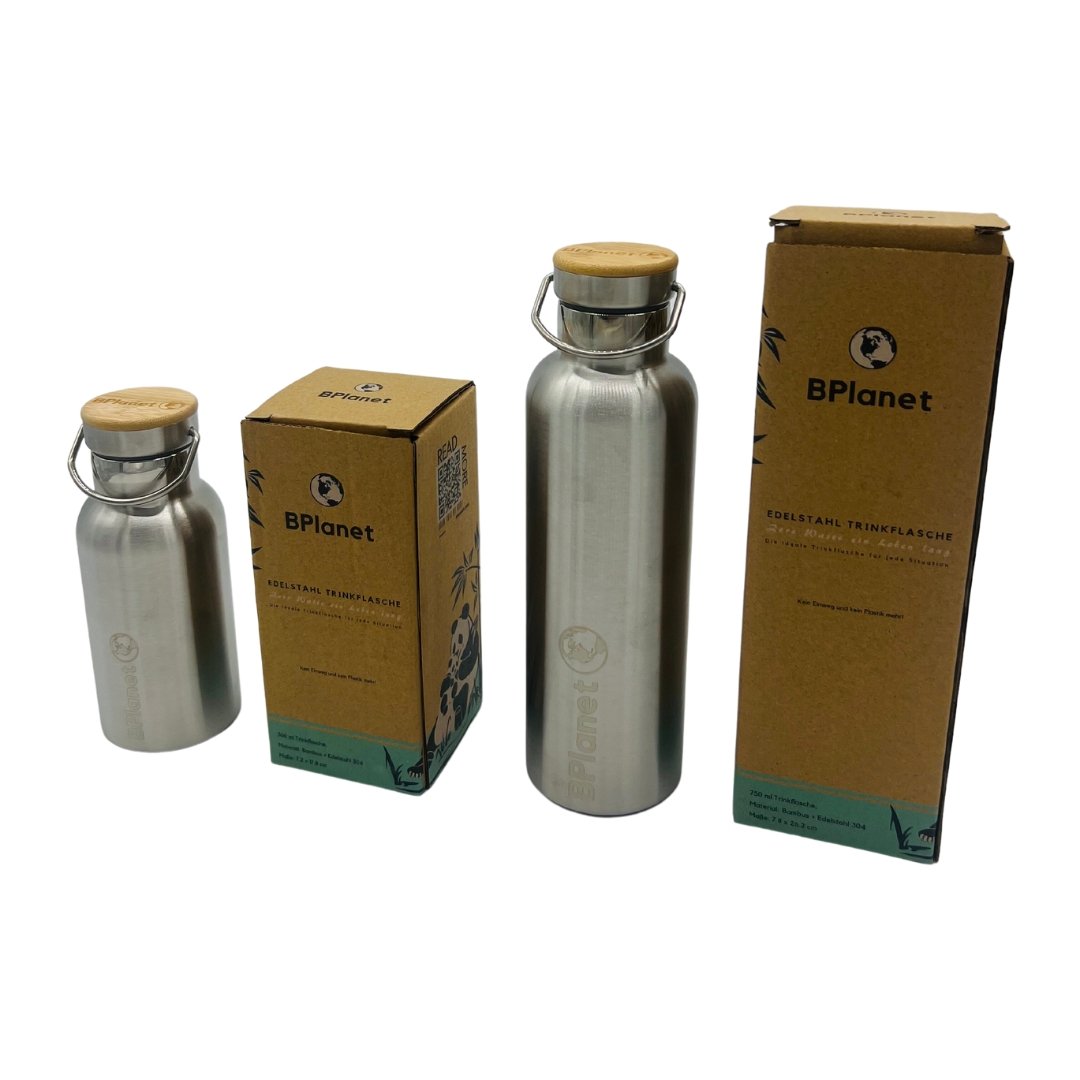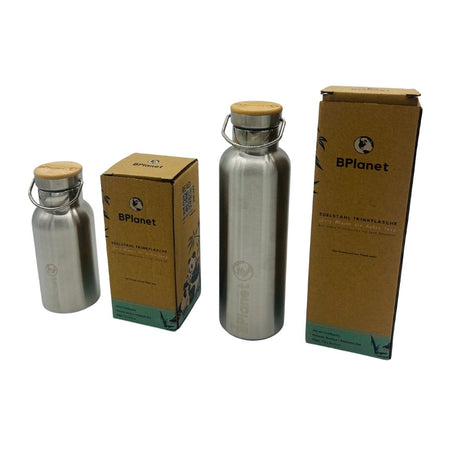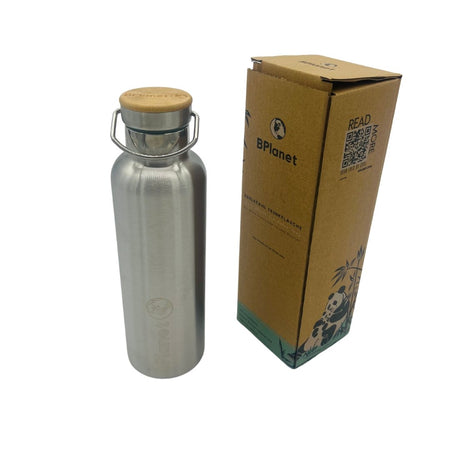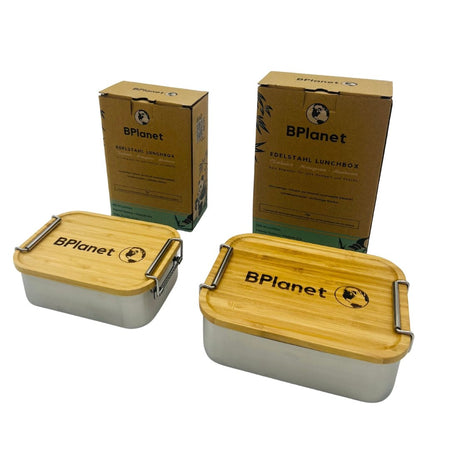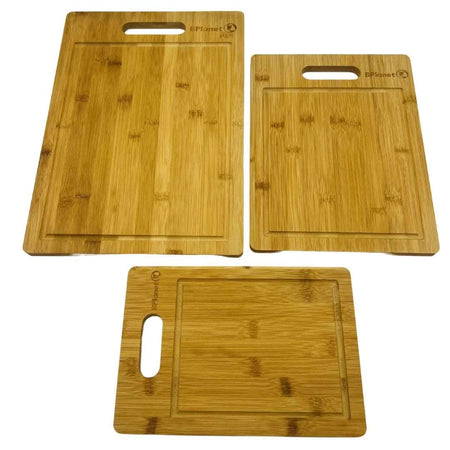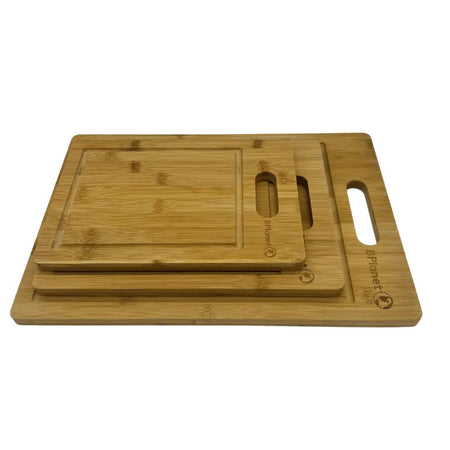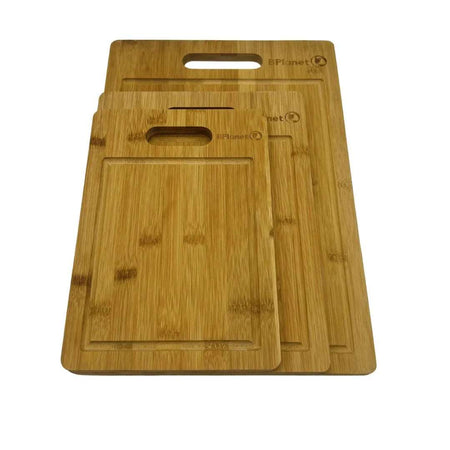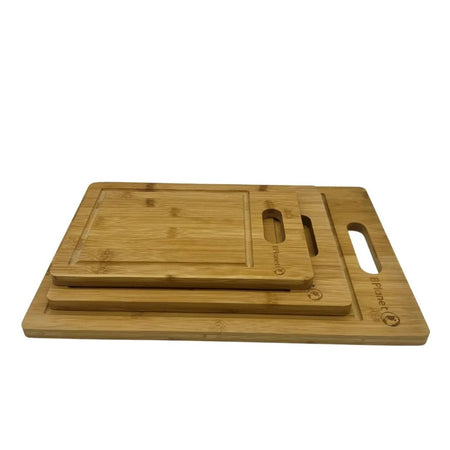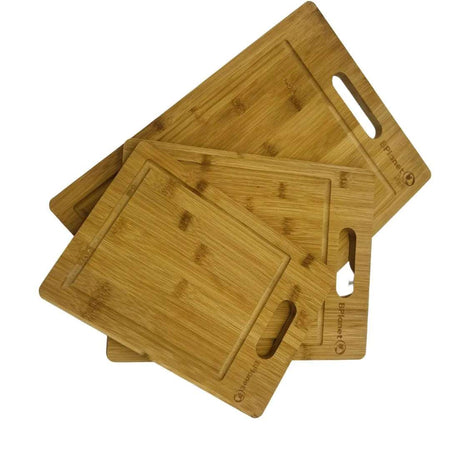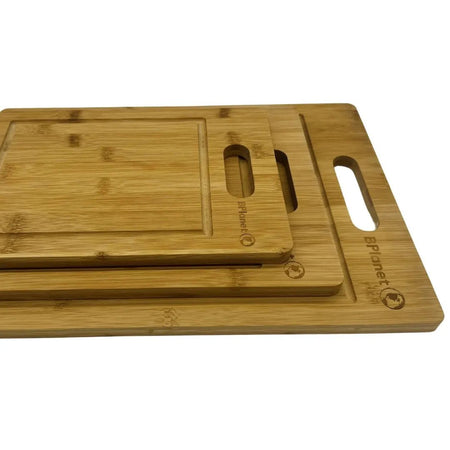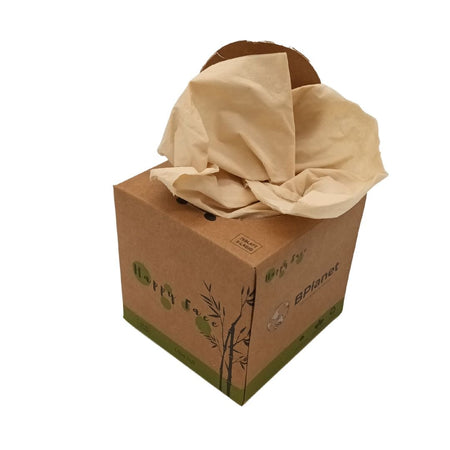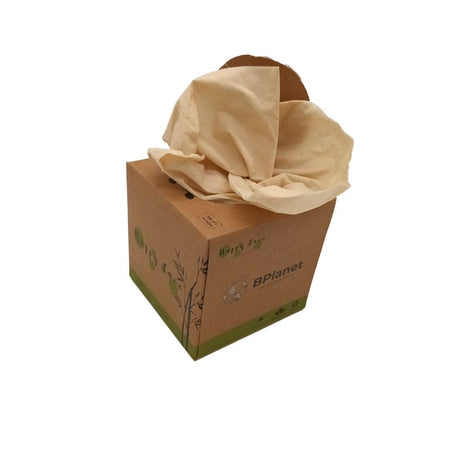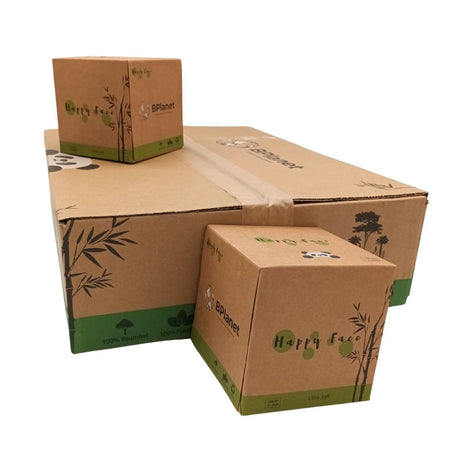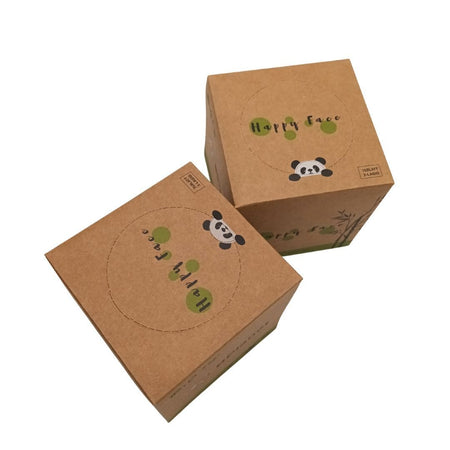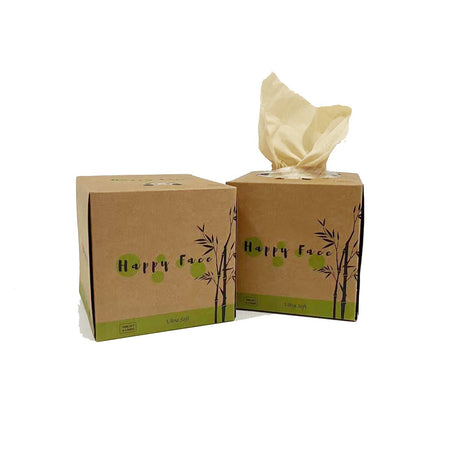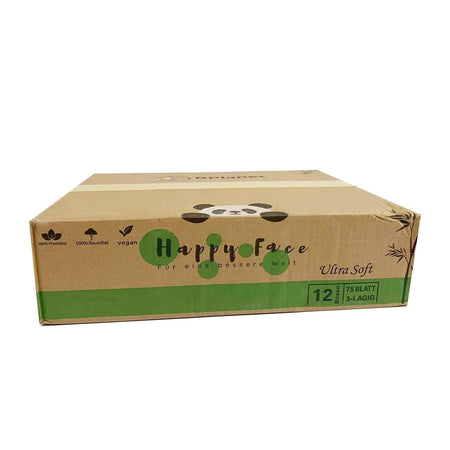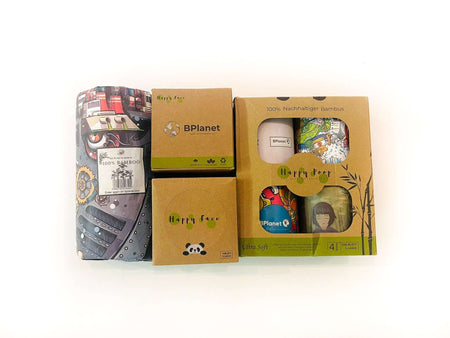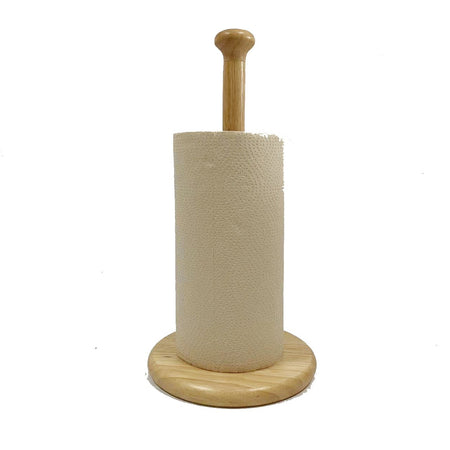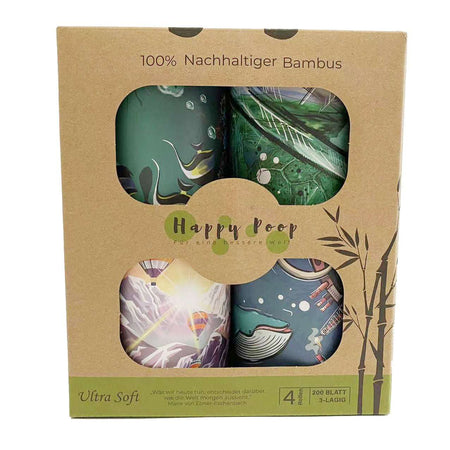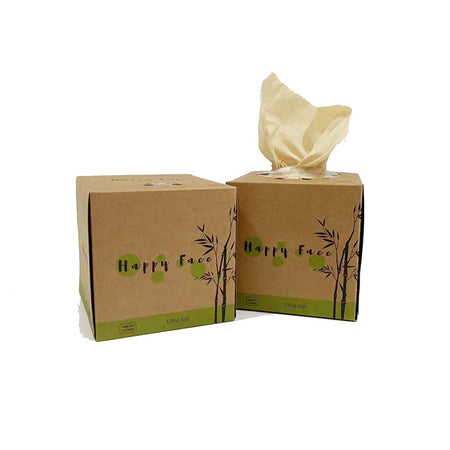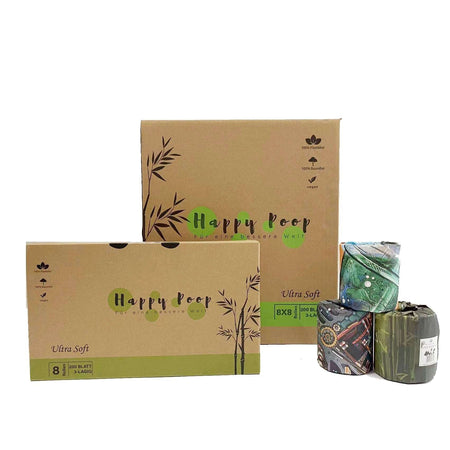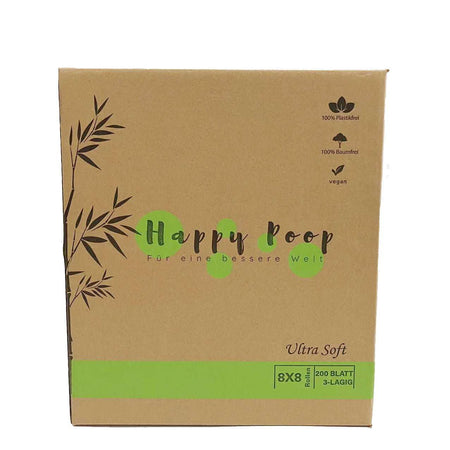Tea is more than just a drink
Tea is a beverage that holds great cultural significance in China, where it has been a part of daily life for thousands of years. China is considered the birthplace of tea, and the art of tea-making is deeply rooted in Chinese culture. Tea culture goes beyond the mere preparation of the drink, and is also expressed through various tea rituals. The selection of tea is crucial, as there are different flavors and levels of quality. In China, serving tea to guests is a cultural norm, regardless of their thirst. Traditionally, a host will offer tea to their guest immediately after greeting them and once they are seated, often in a lidded cup or directly in a tea glass.

Types of Chinese tea
Chinese tea culture is known for its diversity and depth. Among the numerous types of tea produced in China, green tea, white tea, yellow tea, oolong tea, pu-erh tea, and red tea (called black tea in China) stand out. Each of these tea types differs in its processing, oxidation, origin, and flavor profiles.
Green Tea
Origin: Green Tea originates in the Jiangxi Province. Green tea is common throughout China, with famous varieties such as Long Jing from Zhejiang Province (Long Jing is a roasted green tea) and Biluochun (which means "jade snail of spring") from Jiangsu. This type of tea is also colloquially referred to as Fodongxin in Chinese, which can be understood as “even Buddha becomes weak”.
Taste and properties: Green tea is not oxidized. Therefore, the tea leaves are not allowed to wither after harvesting and are subjected to heat treatment as quickly as possible to stop the enzyme activity that would lead to oxidation. This process preserves the green color of the leaves and provides a fresh, slightly bitter and, often grassy taste. Green tea is known for its health-promoting antioxidants. When preparing green tea, it should be noted that the tea should be prepared with water around 70 to 80 degrees, otherwise the tea will lose its aromas and become bitter.

White Tea
Origin: White tea has its origins in China in the Fujian province. The most famous white tea, Bai Hao Yin Zhen is also called White Hair Silver Needle and comes from Fujian Province. Another very well-known variety is the Pai Mu Tan (white peony).
Taste and properties: White tea is made from young leaves and buds that are minimally processed - mainly dried. White tea is only slightly oxidized, which means that the degree of oxidation is usually around 2 - 5%. This tea is characterized by a delicate, silky, and sweet taste with floral undertones. The color of the infusion is light and clear. White tea is prepared in the same way as green tea and is also infused with water that is around 70 to 80 degrees hot. Properly prepared, the white tea leaves can be steeped several times.

Yellow Tea
Origin: Yellow tea is very rare and limited quantities exist. The best-known variant of this rare type of tea is Junshan Yinzhen. This tea is also called the "Silver Needle of Mount Jun" and comes from Junshan Island in Hunan Province.
Taste and properties: The production of yellow tea is similar to that of green tea, but includes an additional step, the so-called "yellowing" or "Sealing Yellow", in which the tea is fermented under a damp cloth and then gently heated in a pan after three days. This means it oxidizes easily and has a maximum oxidation level of 20%, which is why the tea is classified between white tea and oolong. This process gives the tea a softer, less grassy flavor than green tea and ensures a slightly yellowish cup color. The yellow tea should also be prepared with water at around 80 degrees. Basically, yellow tea is ideal for multiple infusions. However, it is important to note that the brewing time increases slightly with each subsequent infusion.

Oolong-Tea
Origin: Oolong tea is a traditional Chinese type of tea and means “black dragon”. This tea comes from Fujian province and production dates back to the Ming Dynasty (14th to 17th centuries). Well-known varieties are Tie Guan Yin and Da Hong Pao.
Taste and properties: Oolong is a partially fermented tea whose degree of oxidation is between that of green and black tea. Depending on the variety, the degree of oxidation varies between 10% and 70%. This results in a wide variety of flavor profiles, from sweet and floral to rich and smoky. Oolongs often have a distinct aftertaste known as "Hui Gan." The crucial step that distinguishes oolong tea from other types of tea is controlled oxidation. The leaves are left dormant, which allows the enzymes in the leaves to react with oxygen. The duration and conditions of this phase determine the aroma, color, and taste of the finished tea. The art of the tea master is to determine the exact moment at which the desired level of oxidation is achieved. The process is then stopped by heating and the oxidation enzymes are inactivated. The taste of oolong is refined by roasting. This roasting can sometimes happen months later after the leaves have been rolled. Oolong is sometimes matured for years.

Pu-Erh Tea
Origin: Pu-erh comes from Yunnan Province, the region is known for its fermented teas. The region lies in the border areas of China, Myanmar, Laos, and Vietnam.
Taste and properties: Pu-Erh tea differs from black tea in that black tea is oxidized and Pu-Erh is fermented. There are two main categories: raw (sheng) and aged (shou) pu-erh. The difference lies in the degree of fermentation, which can sometimes last for years or decades and makes the tea last for a long time. Raw Pu-Erh can be tart and astringent at first but develops a richer flavor and fruity notes over time. Aged Pu-Erh is fully fermented and develops a very dark color. This creates a soft, pleasantly sweet taste that also has earthy, mineral, and mossy notes. Matured Pu-Erh tea hardly has any bitter substances, which means that the tea can steep longer than other types of tea.

Red Tea (Black Tea)
Origin: In China, black tea is called red tea. This is because in China the color of the infusion determines the name. The tea is widespread throughout China, with well-known varieties such as Qimen (Keemun) coming from Anhui Province.
Taste and properties: Black/Red Tea is completely oxidized, giving it a darker color and a rich, malty flavor. Chinese black tea is quite rare compared to black tea from India and develops a fine sweetness reminiscent of honey, with pleasant malt aromas. Chinese black teas can almost always be brewed several times. In general, one can say that in contrast to other types of tea, red tea often develops sweet, almost chocolate-like notes. Black tea is 100% oxidized.

A Chronicle of Tea - Important key dates in the history of tea
According to a Chinese legend, it all began on a spring evening in 2737 BC. The Chinese Emperor Shen Nung, “Son of Heaven,” boiled water under a tree that evening. He did this to quench his thirst. While he was boiling the water, a light wind blew and a few leaves fell into the pot. The water then turned light green and a pleasant scent rose from the steaming kettle. The emperor was brave and tried the drink. The emperor found the taste delicious and felt refreshed and invigorated. This tree turned out to be a wild tea tree, and this is how Emperor Shen Nung discovered tea.
So how did tea get from China to Europe?
350 AD: Tea was recorded in a dictionary for the first time. Kuo Pu referred to the tea as “Tu.” The description describes the tea as “A drink made from boiled leaves.”
476 AD: Barter trade brought tea to further regions in western China and further regions along the Great Wall. These were the nomads from Central Asia who spread the tea.
620 – 907 AD: This period is known as the golden age of tea. Especially in the Tang Dynasty (620-907 AD). In this dynasty, the art of tea preparation and tea production was refined and perfected. Tea was also valued as a valuable trading commodity and tea gradually spread to neighboring countries.
1368: Fermentation was discovered in the Ming Dynasty and ensured that new types of tea such as oolong, and black tea and Pu-Erh tea could be created.
1492: A technical revolution, the first teapot was made in Yi-Xing
1610: The Dutch East India Company was founded. The first green tea from Japan and the first black tea from China arrived in Holland via sea. Due to the long journey of over 6 months at the time, the tea lost significantly in quality.
1644: This year, tea came to England for the first time and sealed the boom there.
1773: The British, who promoted tea consumption, also brought tea with them to the “New World”. Tea quickly became one of the most imported trade goods. This led to the British government placing high taxes on tea in the colonies, an event known as the "Tea Act". This led to protests across the country. On December 16, 1773, in response to the Tea Act and perceived injustice, the colonists in Boston organized. Led by the Sons of Liberty, a political group advocating colonial independence, several men disguised themselves as Mohawk Indians and boarded the East Indi Company's berthed ships, throwing a total of 342 chests of tea overboard. This act, known as the 'Boston Tea Party', is considered to be the prelude to the American Revolutionary War two years later. The "Boston Tea Party" is considered a symbolic act of resistance against the oppression of the British government.
1848: Robert Fortun was commissioned to procure tea plants and break the Chinese monopoly position. Robert Fortune shipped over 20,000 cuttings and seedlings of tea plants to India. This resulted in new tea-growing areas in India, which led to a competitive situation. Robert Fortune was the first European to discover that green tea and black tea were made from the same plant.
1908-1945: It was only during this period that tea became more popular in Europe. Until the end of the Second World War, tea was still a luxury product. In Great Britain in particular, tea was seen as a status symbol by the higher classes.
1945-1960: Tea began to become cheaper and cheaper. Commercial cultivation became mass production and the economic boom in Europe made tea affordable to the masses. The variety on offer increased and tea blends became increasingly popular, as did fruit and herbal teas.
2001: Sealed the rise of fair trade and organic tea. Fairtrade certifications and the focus on organically grown tea gained increasing attention. Organizations like Fairtrade International expanded their efforts to provide tea farmers with better trading conditions and give consumers the opportunity to support sustainable practices with their purchases. This marks a significant step towards greater sustainability and ethical awareness in the tea industry.
2005: The beginning of the triumph of matcha and health-promoting teas.
Long known in Japan, Matcha has become more and more known outside the country. This surge in popularity was driven by a growing awareness of healthier eating. Matcha is said to have health-promoting effects. Matcha is a finely ground green tea powder.
2018: Commitment to environmentally friendly packaging and cultivation methods. The focus was also on sustainability when growing tea. Many tea companies responded to consumers' growing environmental awareness by announcing that they would overhaul their production and packaging methods to reduce their environmental footprint. One step was the compostable tea bag. Furthermore, the aim was to reduce plastic in packaging. Organic cultivation was also promoted, as was the protection of biodiversity. By eliminating chemical fertilizers and pesticides, these practices helped maintain clean water sources and healthy soil conditions. This also marked a significant increase in the number of tea plantations and brands acquiring certifications such as Rainforest Alliance, Fair Trade, and Organic. This enabled consumers to make more conscious choices when it came to tea.
Fancy a delicious tea? With our teapots, you are sure to enjoy tea!
Discover our glass teapots with glass strainer now.
The teapot warmer is available here.

But our teapot with stainless steel strainer is also a real enrichment for a tea ceremony.

Don't feel like burning your fingers? Our double-walled glasses are not just suitable for cold drinks.

Also with an iconic bear face.


